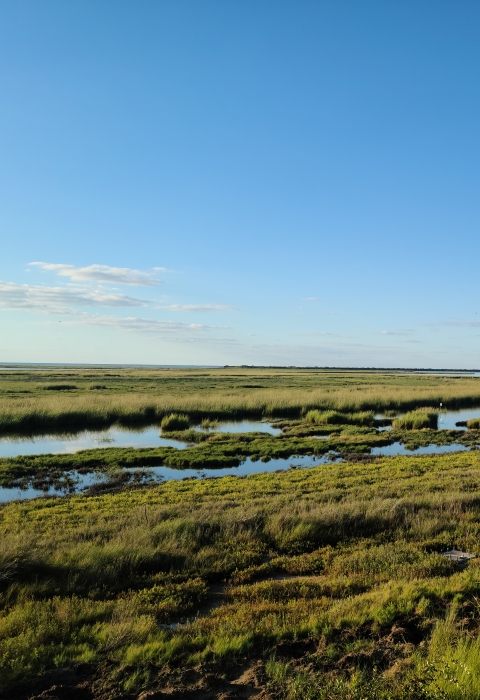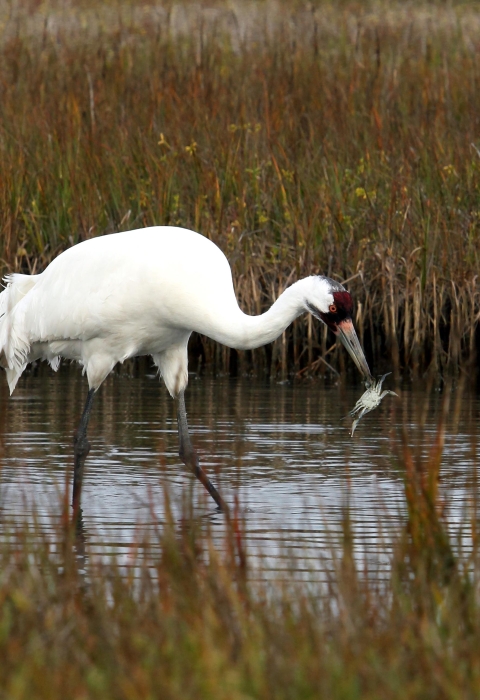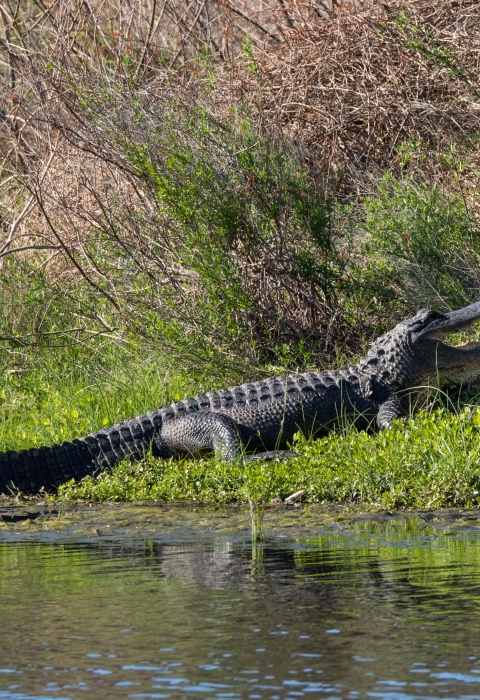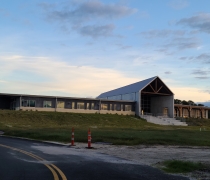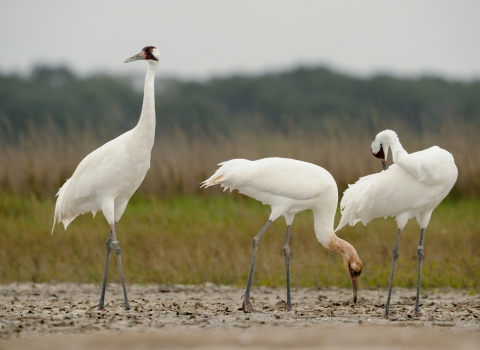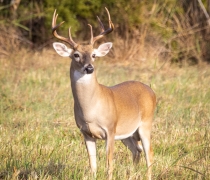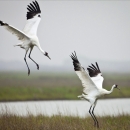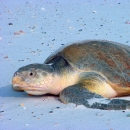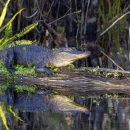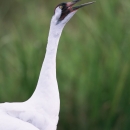Visit Us
Aransas National Wildlife Refuge is a bit "off the beaten path," but it's well worth the visit! We invite you to drive our 16-mile auto tour, fish from our pier, walk up our observation towers, and relax and enjoy a picnic overlooking San Antonio Bay. Take time to stretch your legs along several miles of walking trails. You’ll find observation platforms, spotting scopes, diverse plants and wildlife, and stunning views of the bay and wildlife habitat.
Location and Contact Information
About Us
Established in 1937 for migratory waterfowl and other wildlife, Aransas National Wildlife Refuge now encompasses more than 115,000 acres of diverse habitat along the Texas Gulf Coast. Perhaps best known as the wintering home of the last wild flock of endangered Whooping Cranes, the refuge is also home to a diversity of migratory birds and other resident wildlife.
What We Do
The National Wildlife Refuge System is a series of lands and waters owned and managed by the U.S. Fish and Wildlife Service. Wildlife conservation is at the heart of the refuge system. It drives everything we do from the purpose a refuge is established, to the recreational activities offered there, to the resource management tools we use. Selecting the right tools helps us ensure the survival of local plants and animals and helps fulfill the purpose of the refuge.
Our Species
The mild winters, bay waters and abundant food supply attract more than 400 species of birds to the Aransas National Wildlife Refuge, including the whooping crane, one of North America’s rarest birds.
